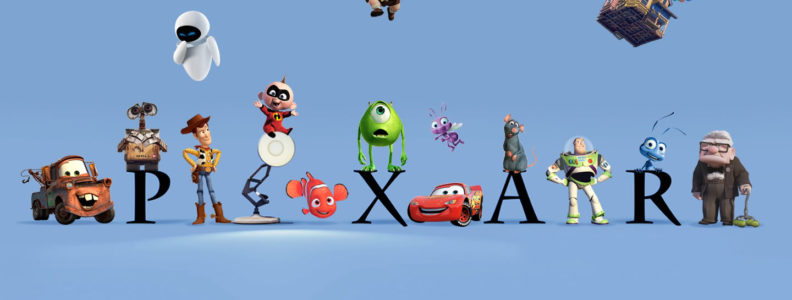NanoWrimo is coming. Or, you have two weeks of vacation and you want to write that novel. Or, you have a deadline looming for the next book. Sometimes, you just want to get that first draft done so you can work on the revisions. Or, you have a great idea for a book and need the glue to put it together.
Whatever the case, there is a way to write a decent first draft quickly. Here are four things to help write your first draft well without a lot of outlining. While some like to outline in great detail I find that it doesn’t always work very well for me. But, like it or not, we all do some form of outlining even if it’s just in our heads.
The first three you’ll think are no brainers, but the fourth? It’s the secret glue to making a story come together and stick … and it’s more important than you think … and sometimes this fourth point is actually your number one consideration!
1) Follow a basic story arc.
Whether it’s the hero’s journey, or knowing the beginning, middle and end with two or three try/fail cycles thrown in, know the basic story structure for your genre. It what’s readers and publishers expect you, as a professional writer/author to know and follow. So learn it and use it.
2) Know your protagonist and the world your protagonist functions in.
There are a lot of great posts on this site about creating great characters and what motivates them. Know your protagonist well because that will inform how he responds and reacts in situations and what motivates him to take on the challenge the villain presents and how he will respond to that challenge.
3) Know your villain and what motivates him.
You may not appear on the pages as often as the protagonist but you still need to know the villain in as much depth as the protagonist. The villain motivates the protagonist, is who the protagonist reacts against, and sets the obstacles. In a murder mystery, the author needs to know the crime scene, the victim and the criminal in a s much (or more) detail than the protagonist before writing the first draft. I’ve come to believe, that in every genre we all need to have similar cache of knowledge to write a good first draft.
And now for the secret glue that holds all this together …
4) Theme
Yup. Theme.
Most authors don’t try to figure this out until they’ve completed their novel. Not understanding your theme ahead of time, creates massive revisions, and characters who don’t always have depth and who don’t have distinct voices.
Theme is about making a universal truth personal. It is taking a larger truth such as good prevails over evil, love conquers all, David can beat Goliath, and so on, and making it a central stake in the protagonist’s world.
Theme is the idea which all characters from the villain, the protagonist and the supporting characters will either try to prove or disprove. Theme informs motivations for each character as they will either be, to varying degrees, for, against or ambivalent to the idea. Because of their attitude or belief with regards to the theme, characters will either support, hinder, or be decidedly unhelpful. Most importantly, they will have different voices.
With theme, characters will always move the story forward, illuminate the point you the writer are trying to make in telling the story and theme and they will broaden the scope of the issue thus making the story richer for the reader. Every character’s desire to either prove or disprove the theme forms the central conflict.
You are thinking that if you’ve followed steps 2 and 3 and you know your protagonist and villain, that you have your central conflict. You are right. But your writing will be more informed if you are aware of the conflict and what it means or what the principle surrounding it is. That is theme. It is the deepest motivation, the desire, the earnest yearnings and dreams your characters have. It is what makes the prize or the goal so valuable. Once you’ve got his nailed, then you develop the rest of the cast to illuminate the theme and the conflict.
Conversely, if you have an idea and don’t know where or how to start the story, think about the theme and what universal truth or belief you want to write about, Then, create the host of characters who show different sides of the struggle.
Finally, knowing the theme also gives purpose to character transformation. The protagonist has to change, for if he or she is ambivalent, there is no story. Basically, the protagonist knows what he wants to accomplish and must overcome internal and external obstacles to get the prize. Theme gives your character a reason to grow and change.
In short, know your theme. Choose characters who will represent different sides, who have different opinions, and you will have a lot of options for conflict, a lot of different voices.
So my fellow pantsers, if you are aware of these four things, you’re well on your way to writing a truly spectacular first draft!



